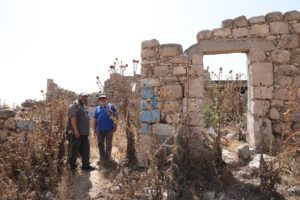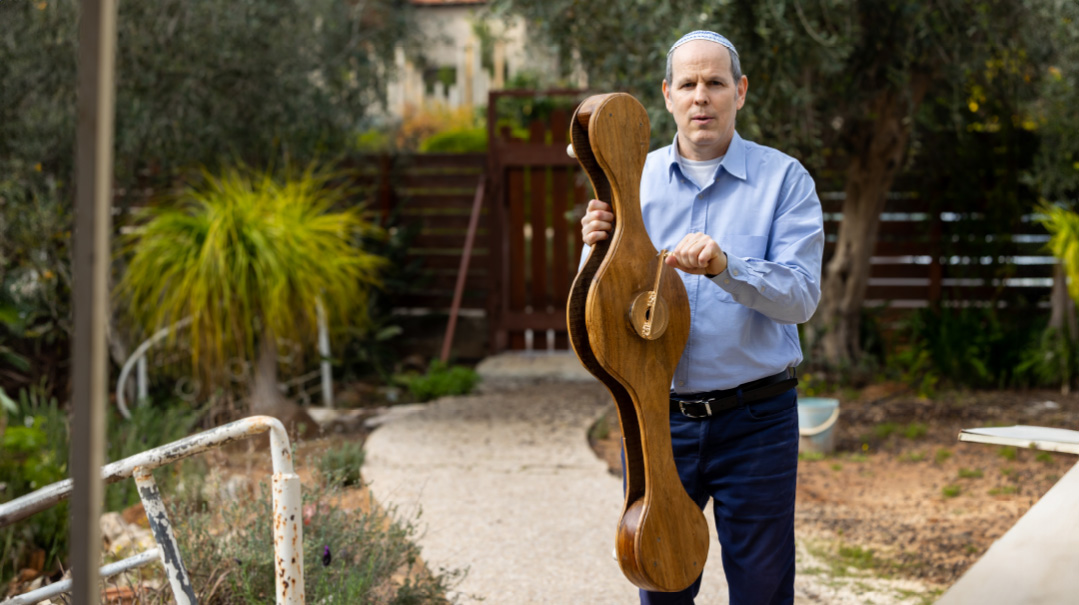Pride of the Pack

This lion keeper, with his large black yarmulke, beard, and peyos, has his own lessons to learn from the king of the jungle

Photos: Flash90
Large, threatening eyes follow me as I walk down the long corridor. An eerie silence fills the area at this early morning hour, when the gates haven’t yet opened to the thousands of visitors who come here every day.
This silence tells the story of the night. The inhabitants of the cages wake up at their leisure, irritatingly slowly. They know the rules. In minutes the doors will be opened and they’ll be ushered out into the open, to pass another idle day under the beating sun.
The silence is suddenly broken, as a tremendous roar fills the room. I glimpse a giant mane shaking from side to side, and now I see close-up why the lion has earned the title of “king of the beasts.” In the cell, this African lion is crouching — I suppose that’s a greeting in his own way, but I’m glad he’s caged. He’s aware of his power, even as he’s caged, and if I may guess at some animal psychology, he understands how terrifying his roar can be. It’s the secret of his strength.
Not a minute too soon. The guards approach to urge us on. The gates are about to open and these animals will be released to the outdoors. “Hurry up,” they say. “There are already tourists outside waiting to see the roaming lions.”
Yossi Stauber, who, with his long beard and peyos, doesn’t exactly look like you’d expect a lion keeper to, greets us enthusiastically as we clamor into his jeep, and not a minute too soon, as far as I’m concerned.
“Chazal tell us to rise up in the morning like a lion. Here you can see what his strength looks like. He may appear drowsy or sleepy, but in one moment he can rise transformed into a ruthless beast of prey.”
He too, takes the required safety measures, locking the doors and closing the windows as we head off with him to release “his” lions into their fenced-off enclosure in the safari, before he goes up to the watchtower where he’ll spend more of his day, where he’s in charge of opening the gate of the lion enclosure to cars, making sure visitors follow the safety rules, and in general, from his one-man watchtower perch, keeping the peace between man and beast.
It’s not quite Kruger National Park in South Africa, but the Ramat Gan Safari, the largest collection of wildlife in human care in the Middle East, is a 250-acre site where drive-by visitors can get an up-close view of rhinos, hippos, elephants, gorillas and, of course, a pride of lions. And, a bit like Noach himself, Stauber is their chief keeper.
Holy Fodder
Stauber, who looks more like the safari’s kashrus mashgiach than the lion supervisor (he’s the safari’s only chareidi employee), has been working at the safari for over two decades. He wasn’t born into a religious family, but after finishing his army service, while his friends went off to “find themselves” in the Far East, he began the process of chazarah b’teshuvah in his own backyard. It started when he found a job at the diamond exchange in Ramat Gan, on the outskirts of Bnei Brak. It was the first time he saw up-close what Torah-observant Jews looked like, and that make him think: How can I be a Jew if I don’t live like a Jew? What do I pass on to my children?
(Excerpted from Mishpacha, Issue 783)
Oops! We could not locate your form.













